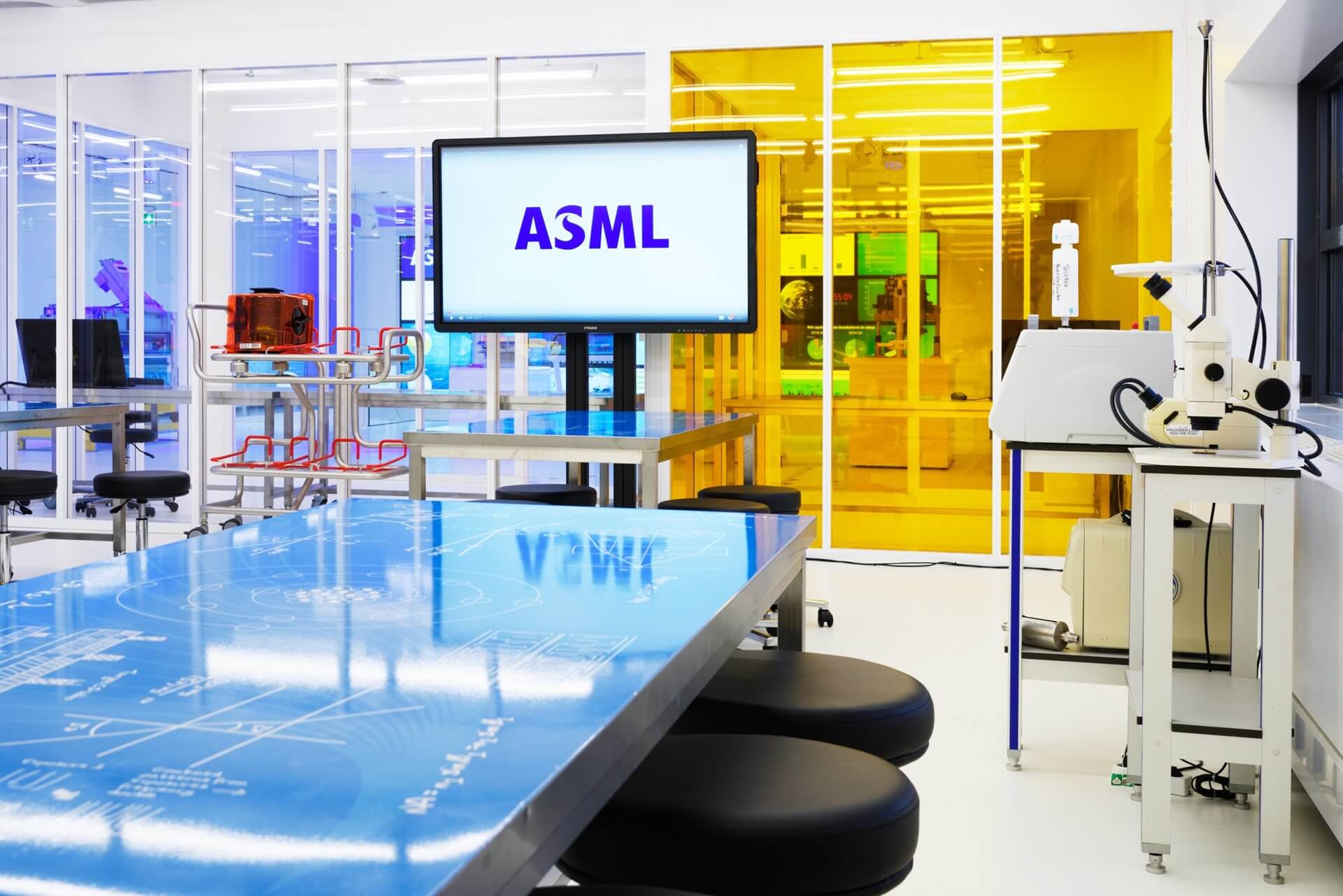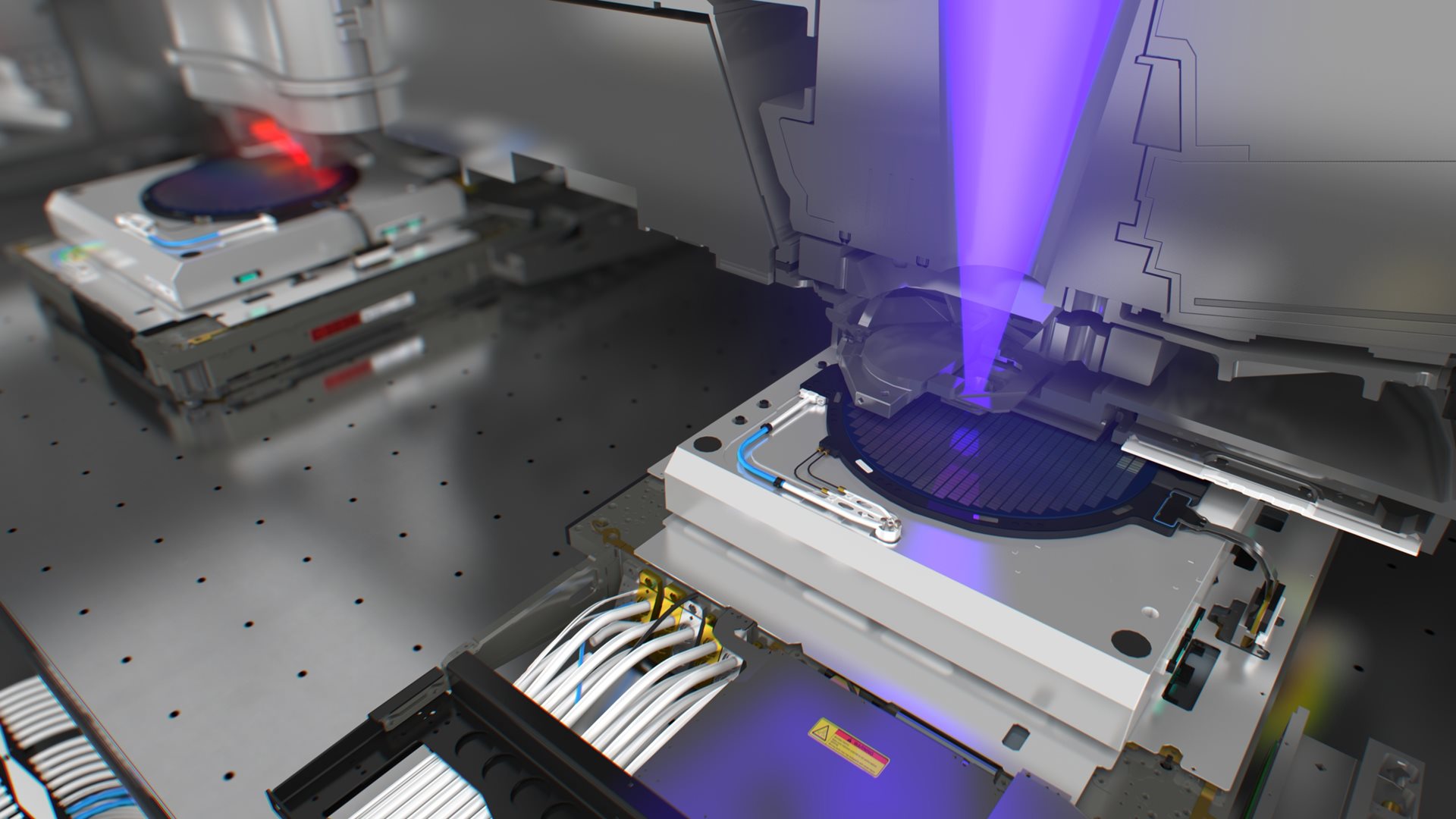Press release - VELDHOVEN, the Netherlands, April 2, 2003
ASML Holding NV (ASML) today announced that it is delivering the industry's first full-field 157 nanometer step-and-scan tool to Europe's leading independent research and development chip consortium, Interuniversities MicroElectronic Center (IMEC). Called the Micrascan VII, the new system is the first 157 nm full-field tool able to create working chips. IMEC will receive shipment in April 2003.
157 nm technology is an extension of optical lithography that offers smaller feature sizes (or line-widths) for smarter, more sophisticated chips. Today's optical lithography standard is 193 nm technology that, with its leading-edge resolution of 80 nanometers, can print approximately 3,000 features that can be stacked up against the side of a salt crystal. 157 nm lithography is targeted for use below 65 nm.
"IMEC, as an international center of excellence for microelectronics, is pleased to partner with ASML to achieve an industry milestone and advance a new technology," said Luc Van den hove, vice president, silicon and device technology division, IMEC. "We have already performed tests at ASML's facility in Wilton, Connecticut, and are impressed with the quality and capabilities of this tool."
"ASML and IMEC both have a track record of commitment to research and development. IMEC's mission is to stay a few years in front of industry needs while ASML brings the right tool to the right customer at the right time. It is a mutually beneficial partnership," said Doug Dunn, president and CEO, ASML. "This shipment to IMEC plus the orders from other customers, who have asked not to be named, will advance the development of 157 nm technology."
157 nm technological achievements
ASML resolved a number of technological challenges in the development of the Micrascan VII that lead to the system being an industry first.
One example is the lenses. Calcium fluoride is the only optical material transparent enough to transmit light at 157 nm. Therefore, the lenses for 157 nm lithography tools must be 100% calcium fluoride. A calcium fluoride crystal can take up to four months to form and VLSI Research estimates that only about 10% to 20% of the calcium fluoride grown today is usable for lithography lenses. ASML developed a solution to overcome the challenges with calcium fluoride quality and availability by directly collaborating with suppliers. ASML now has a process in place to ensure its calcium fluoride supply chain supports production needs.
Along with full imaging functionality, the Micrascan VII incorporates several unique solutions to address the challenges of 157 nm lithography. These solutions will be incorporated into ASML's future production tool. Today, ASML's 157 nm customers benefit from:
- Increased photo resist process range: Photo resist is the light-sensitive material coated on the surface of the wafer in which features or line widths are etched. Photo resist suppliers will have access to the tool at IMEC, in a production environment, for further refinement of their 157 resist chemistries. The full imaging field of the Micrascan VII will be invaluable in this research.
- Flexible imaging: Micrascan VII pushes resolution limits with zoom illumination, variable numerical aperture (NA) and selectable sigma and pupil fill to support various resolution enhancement techniques.
- Contamination control and purge: Advanced processes keep the optics and reticles (both hard and soft pellicles) clean for an extended lifetime.
About ASML


